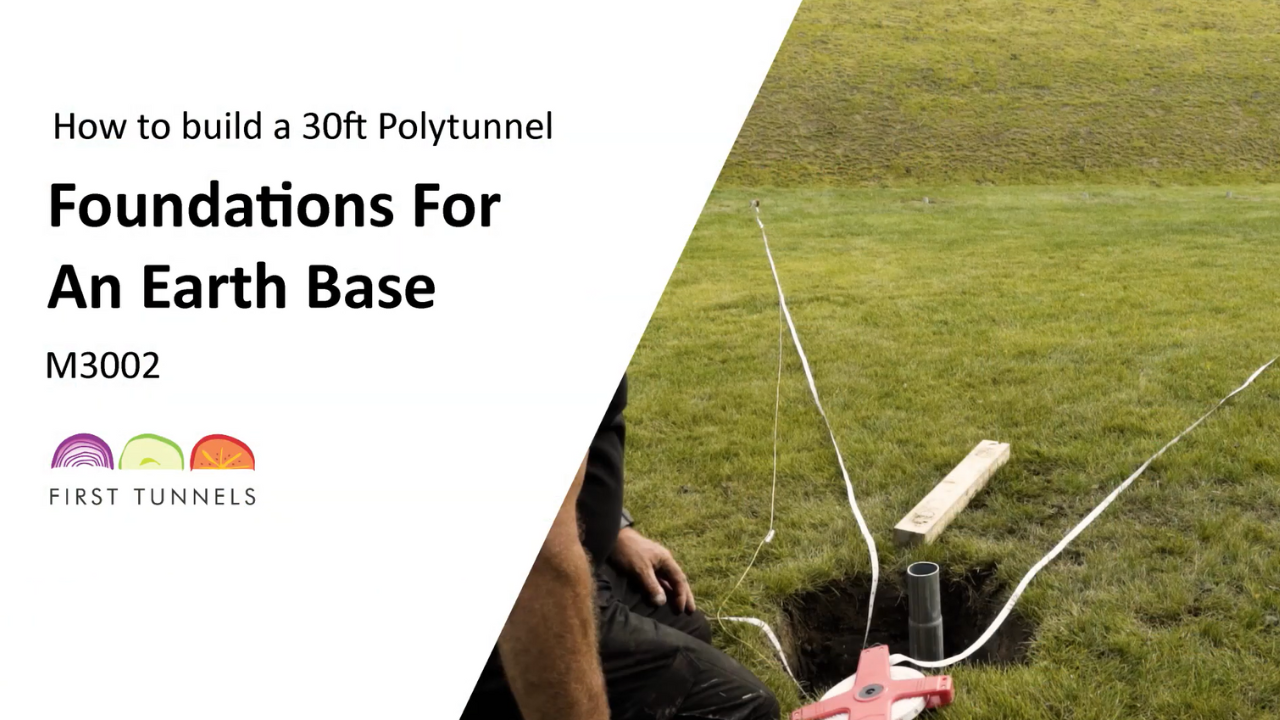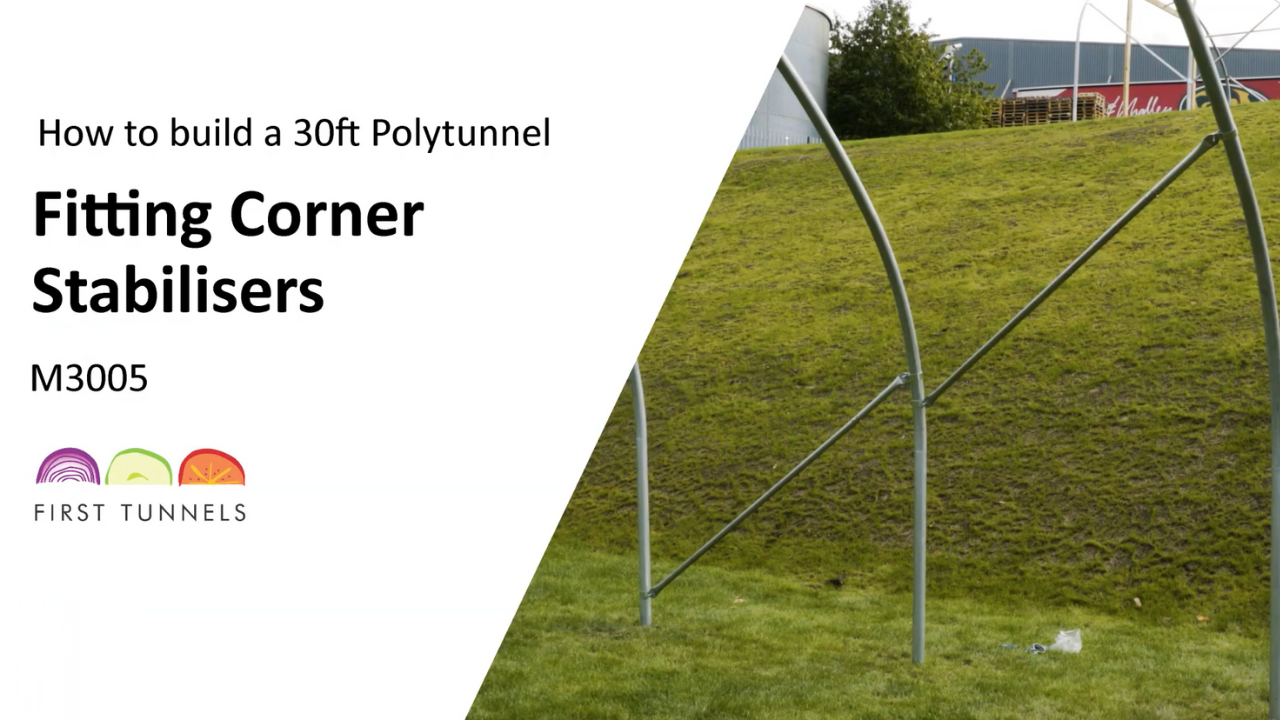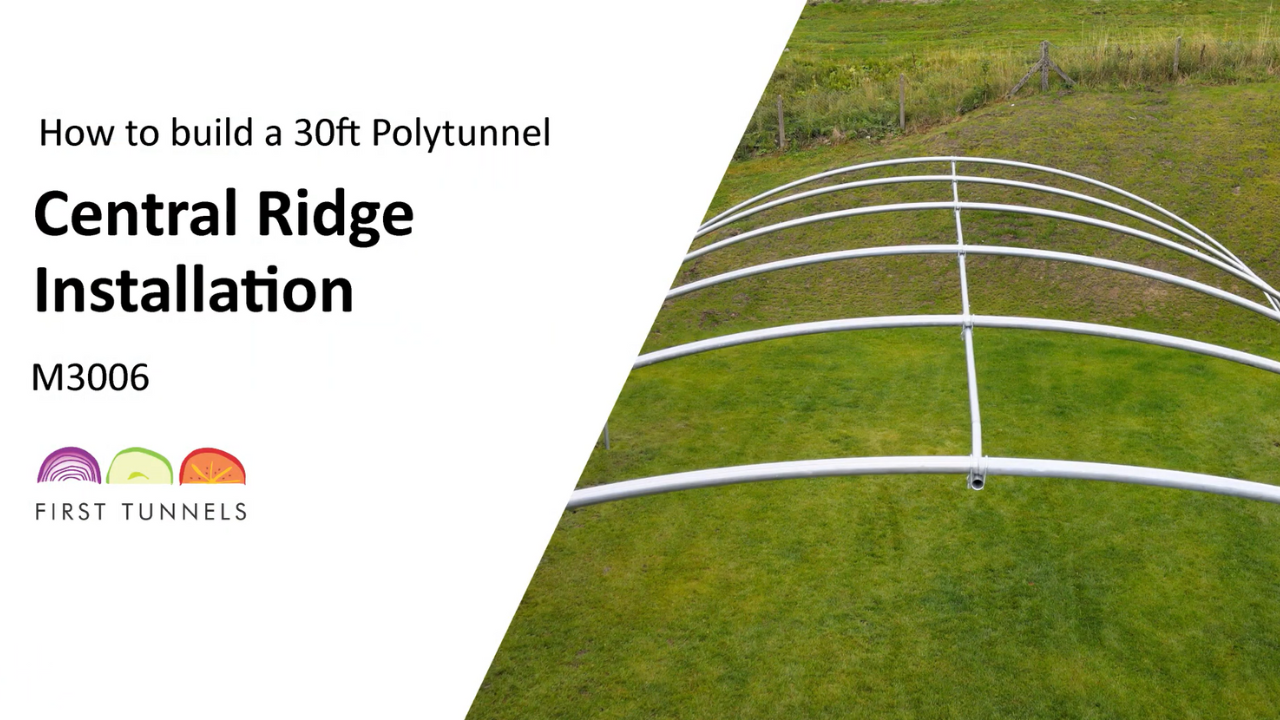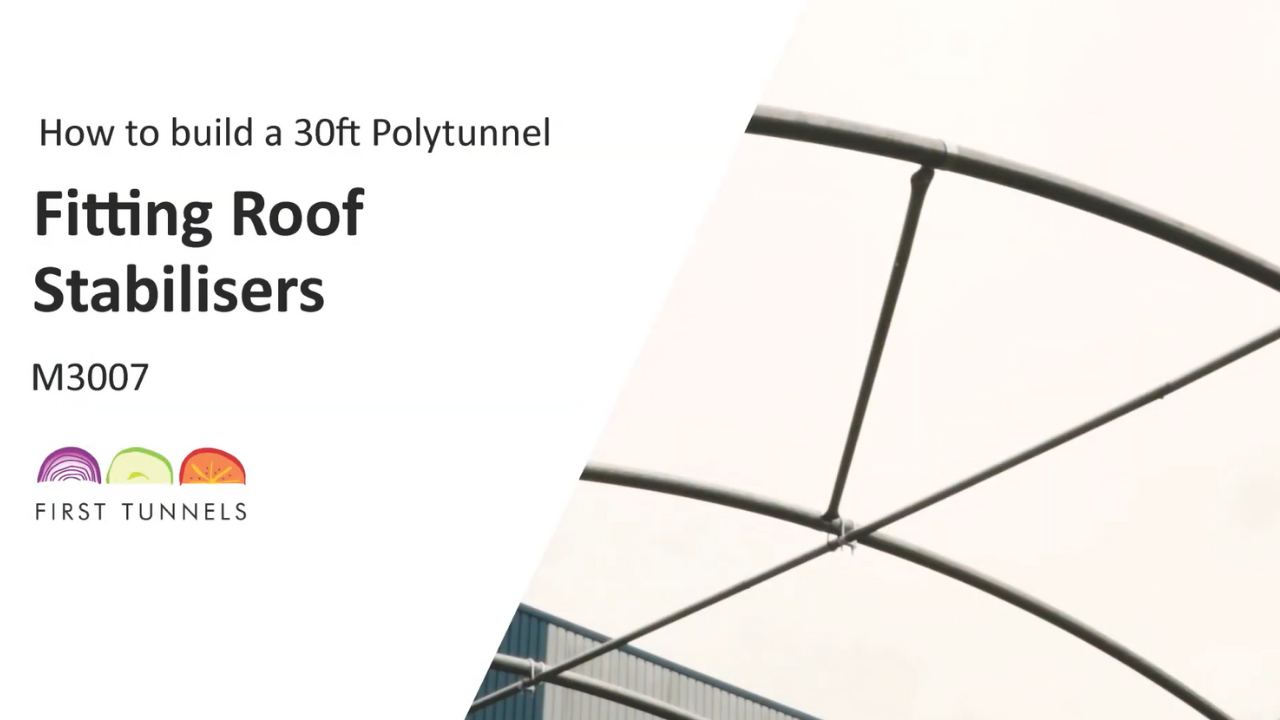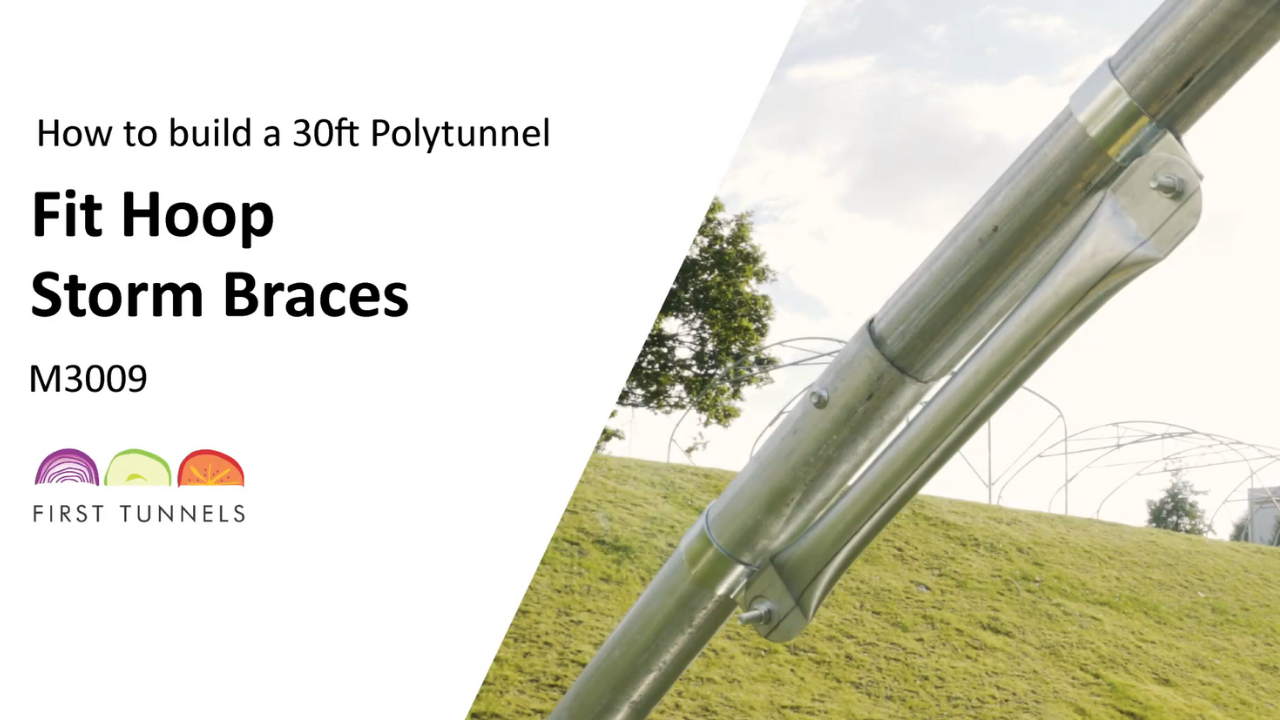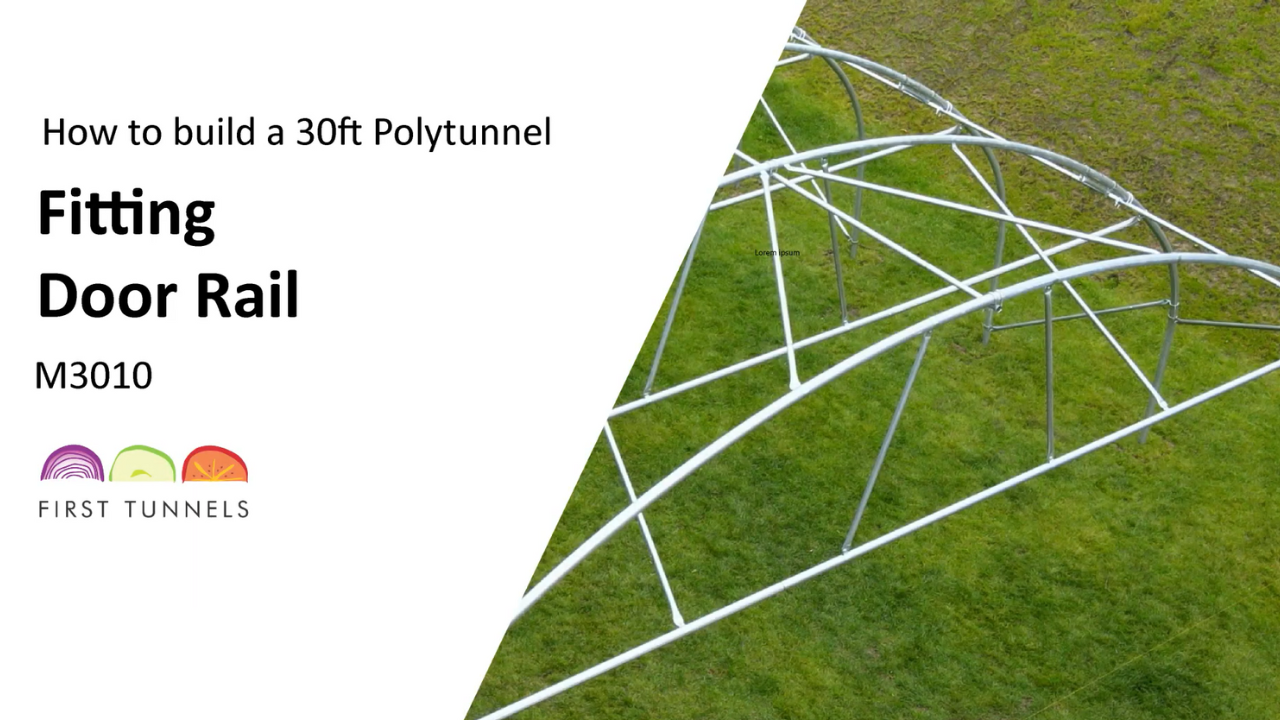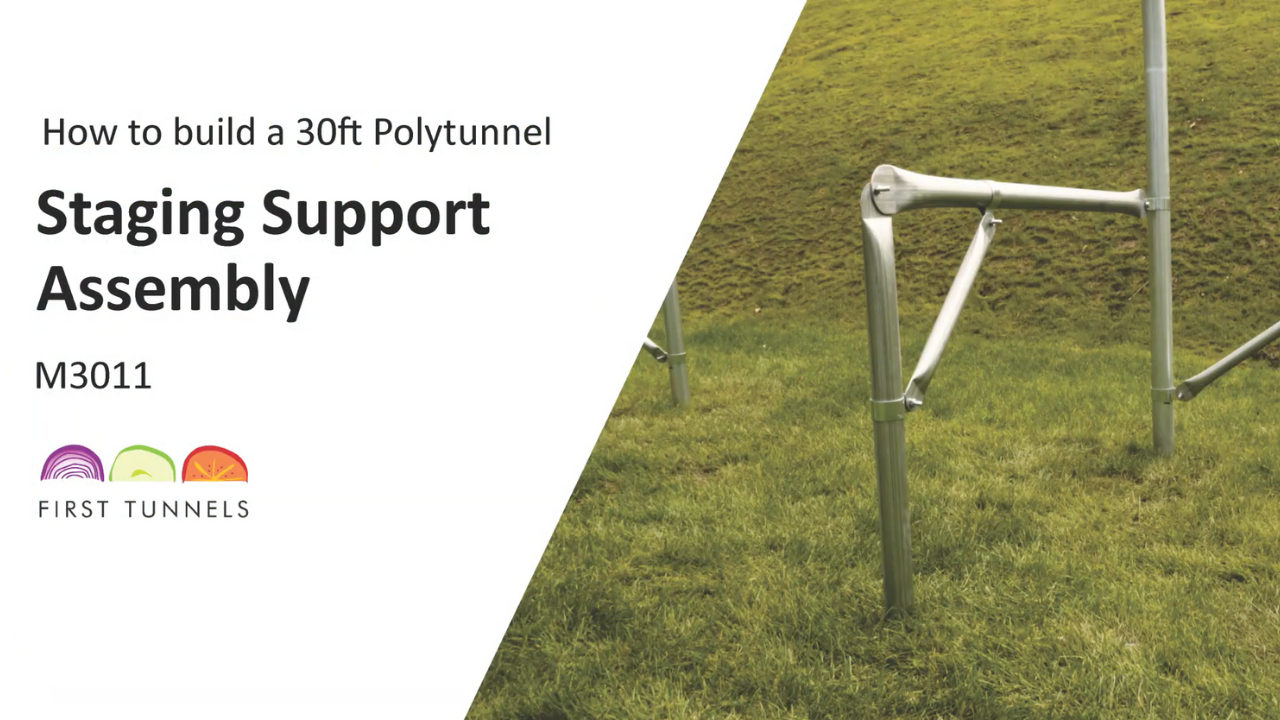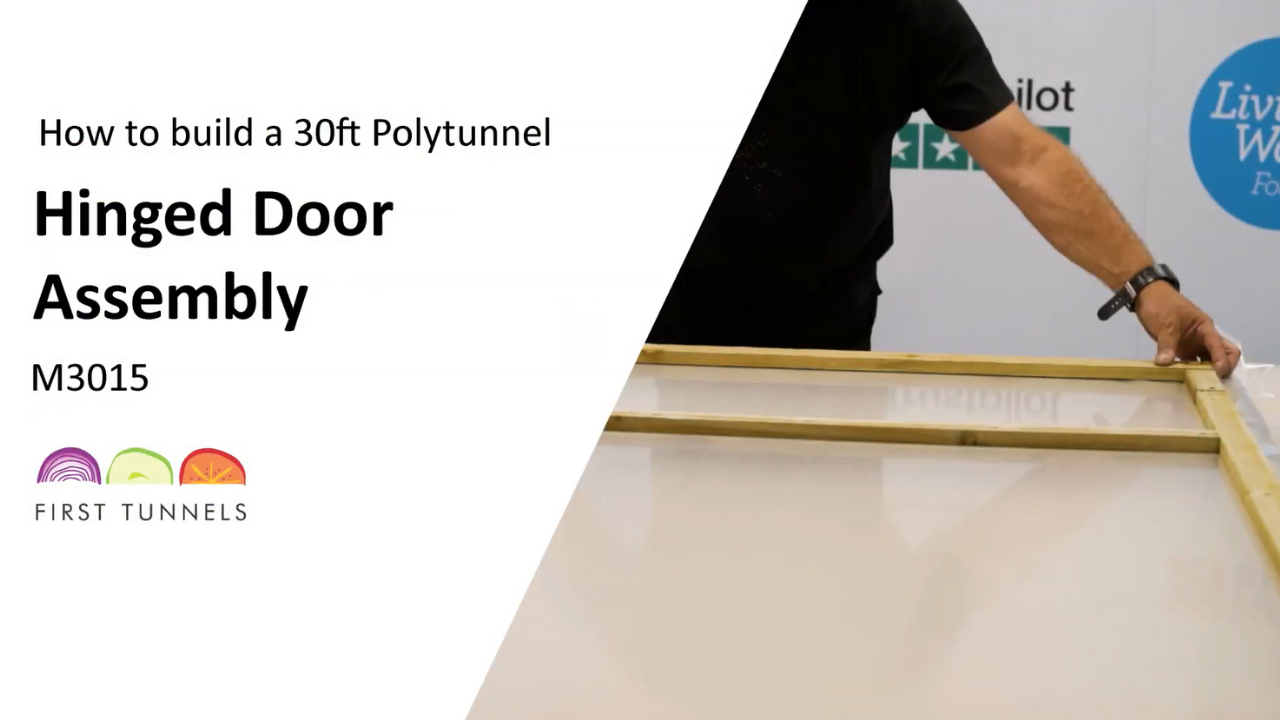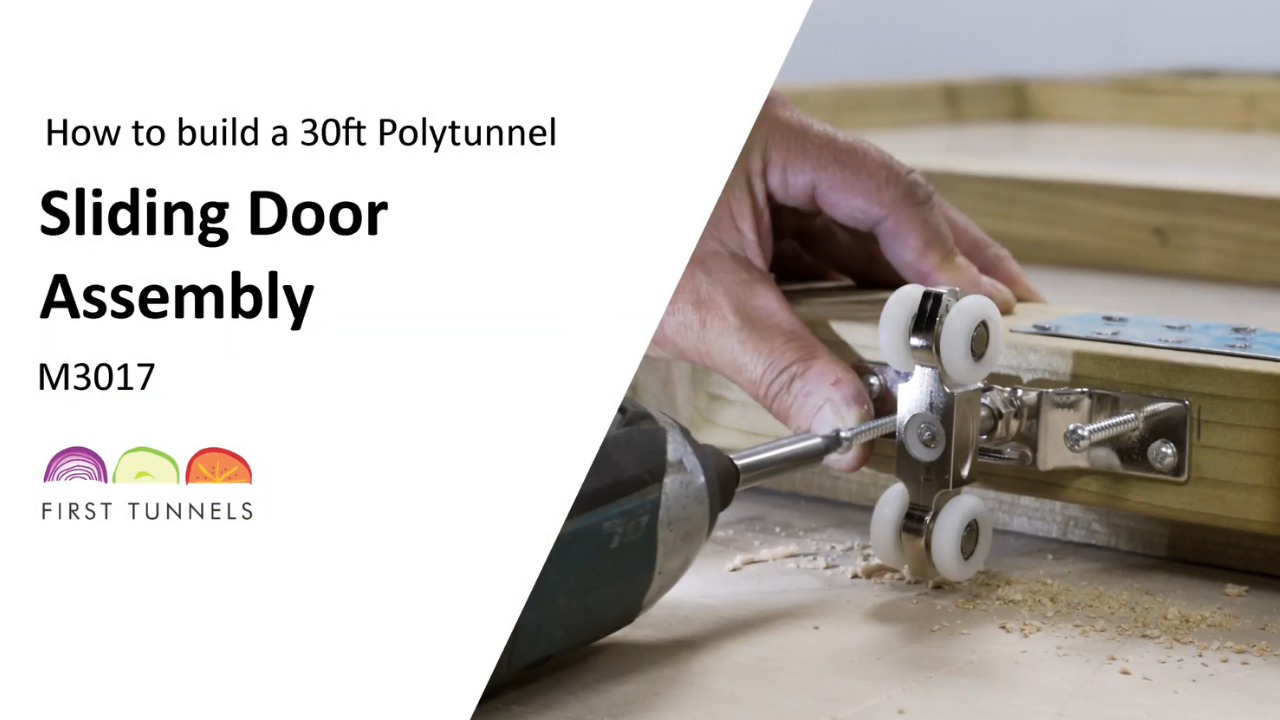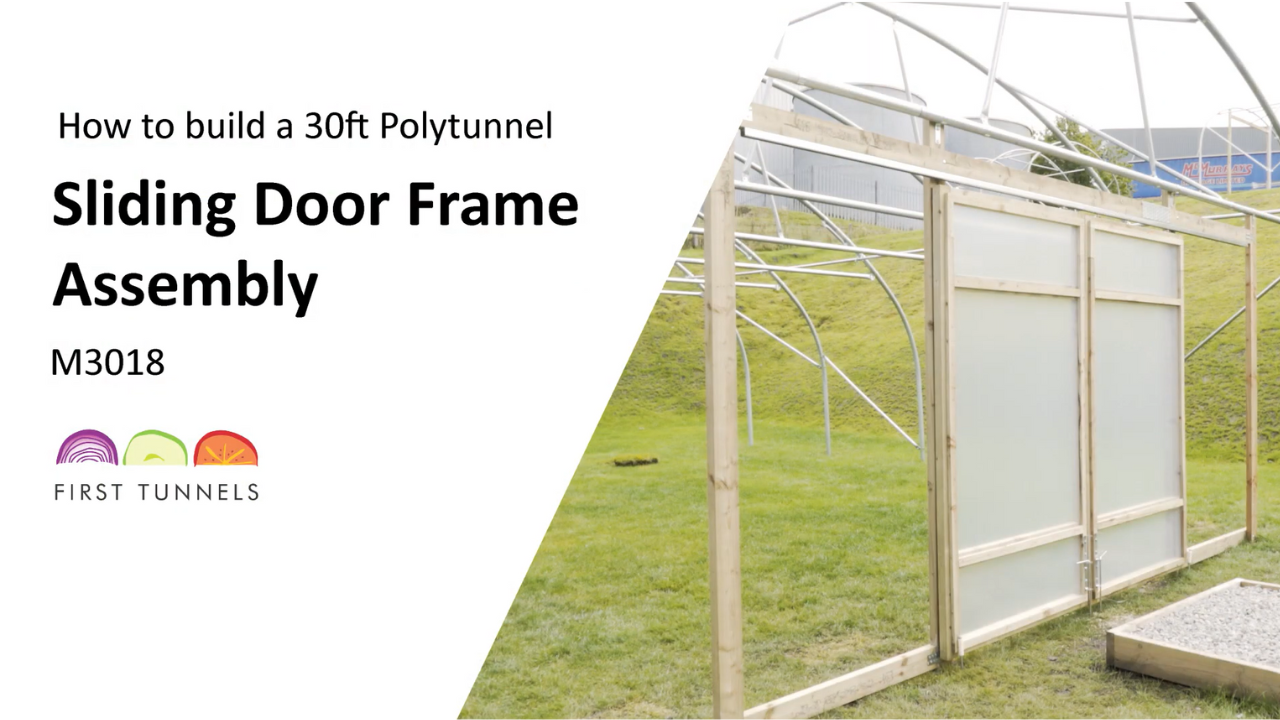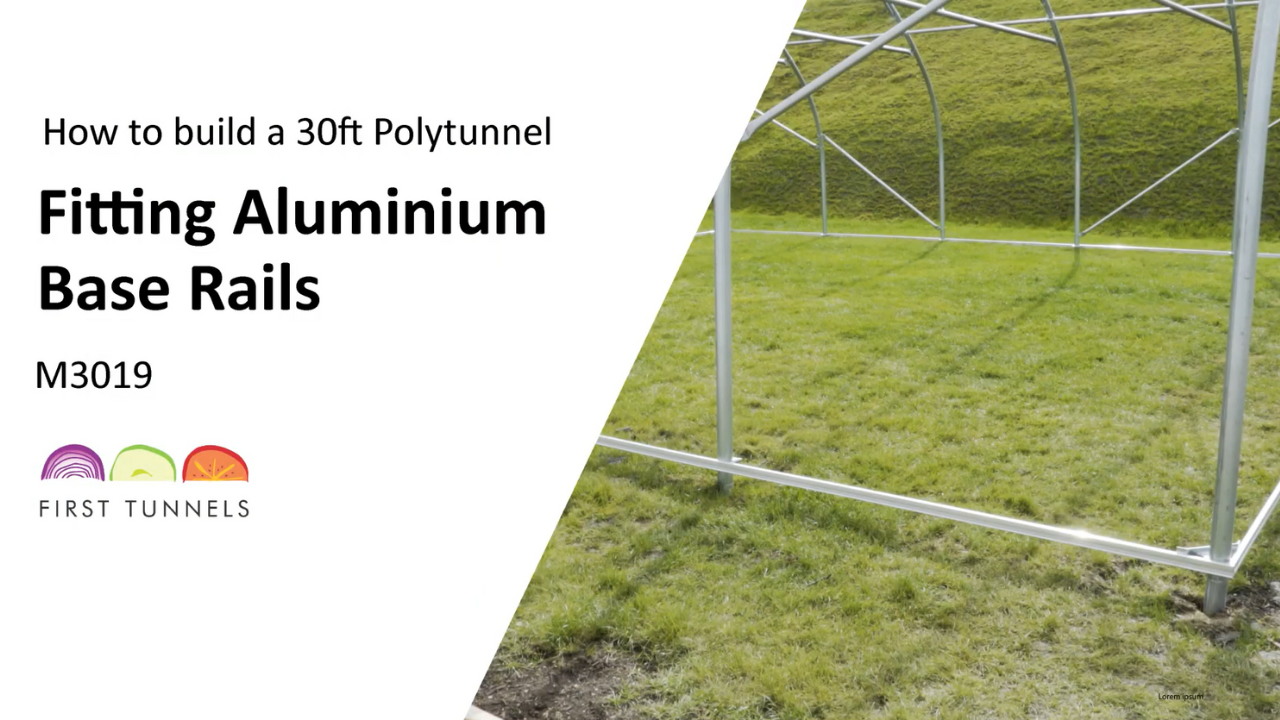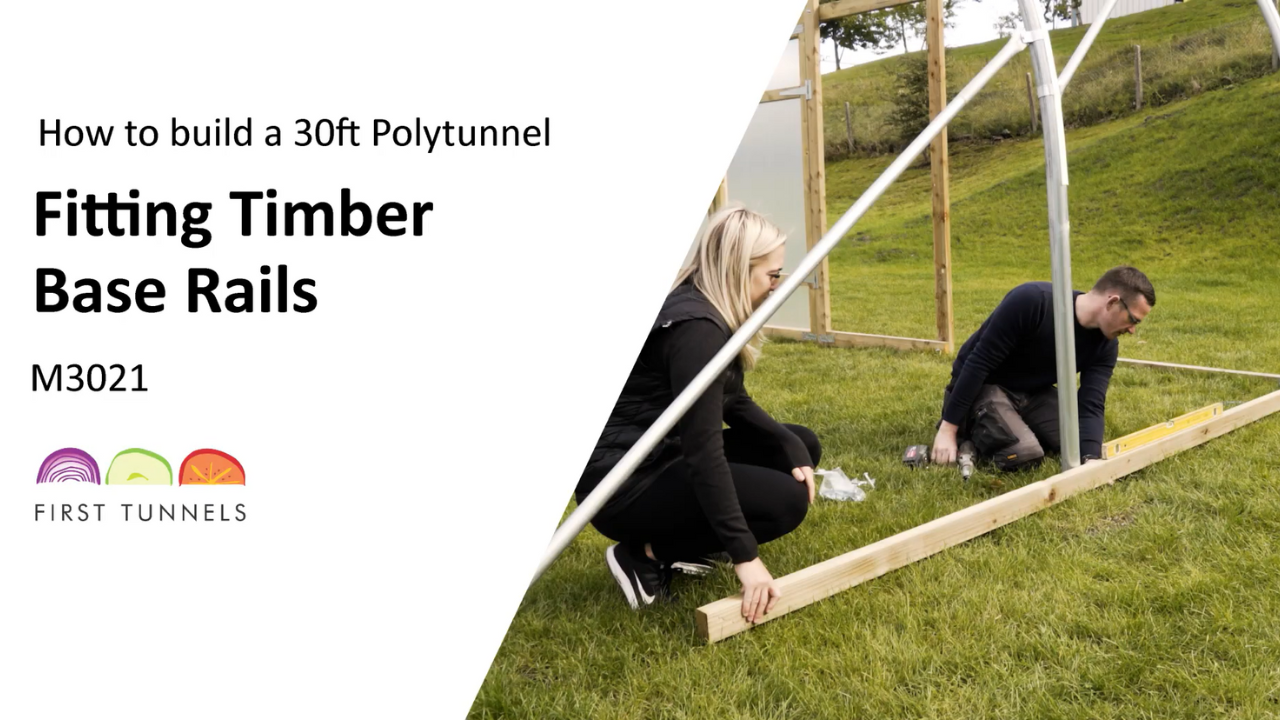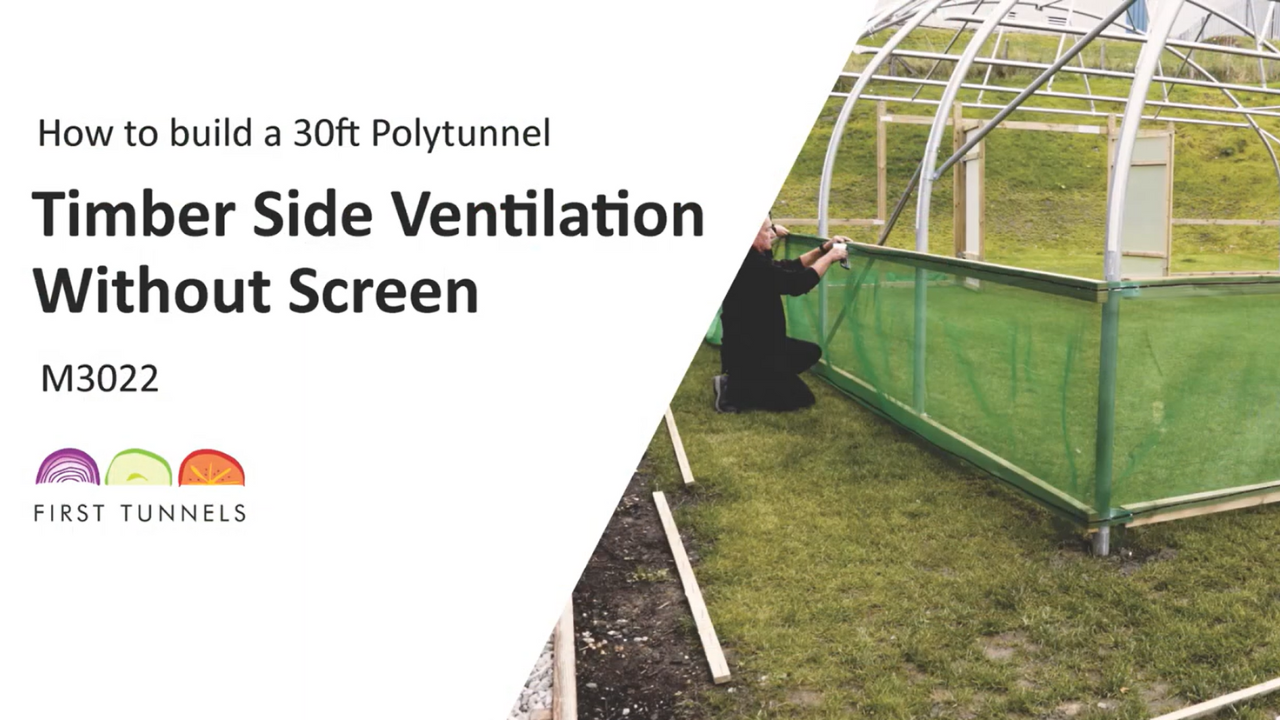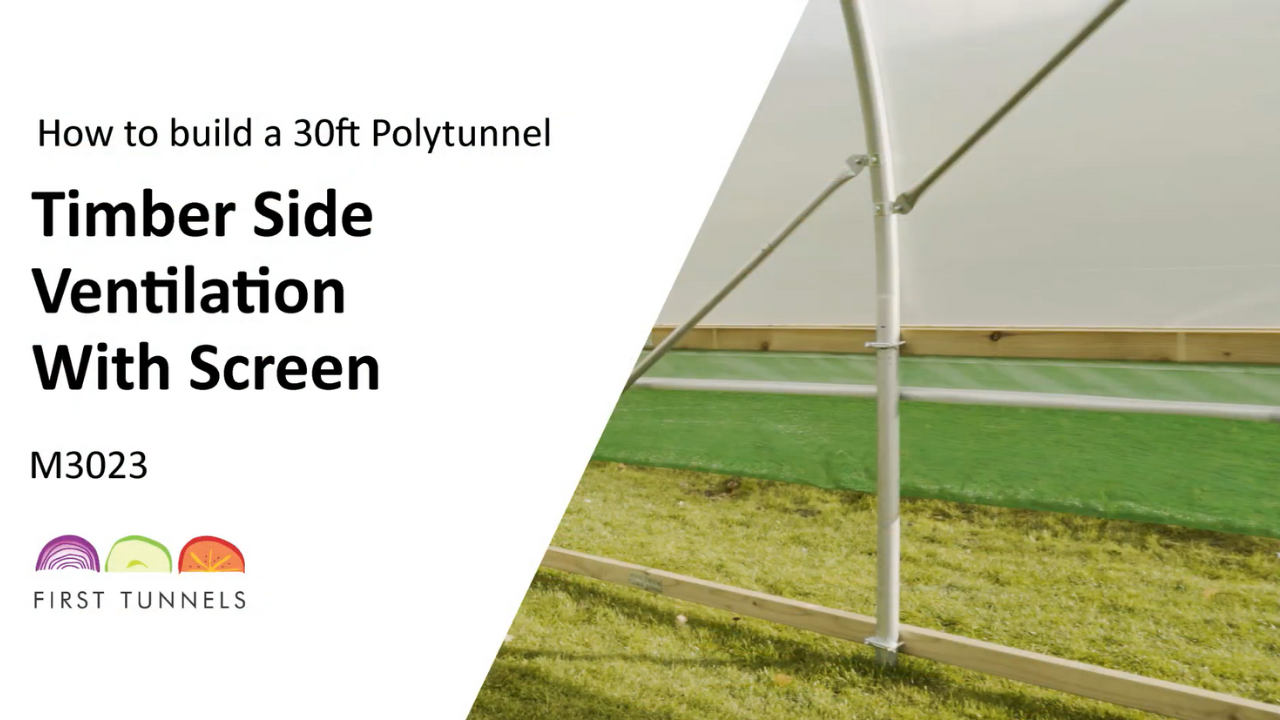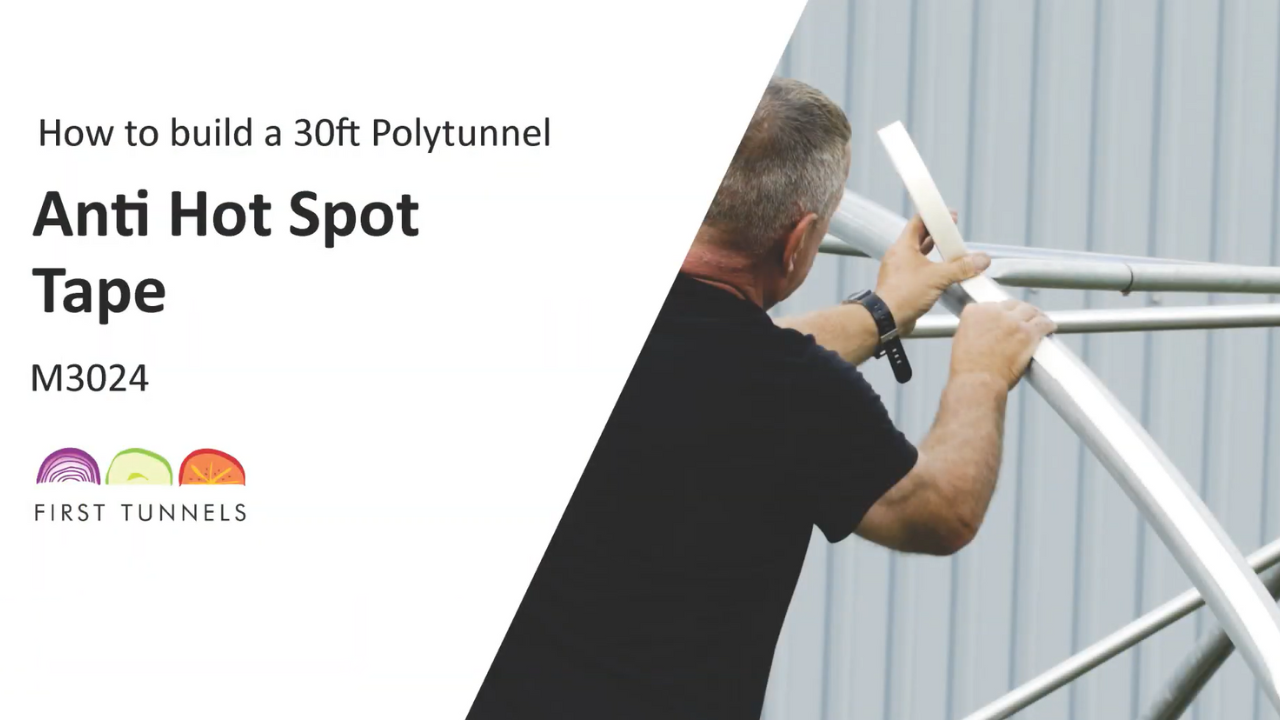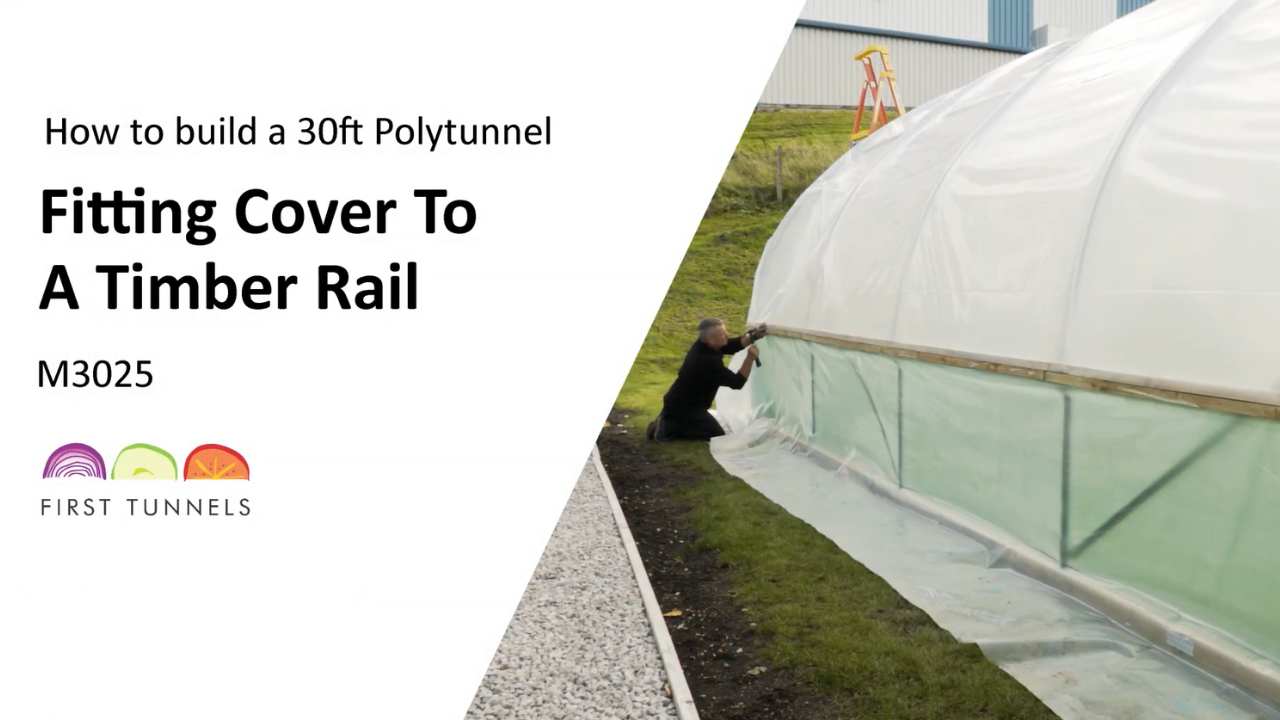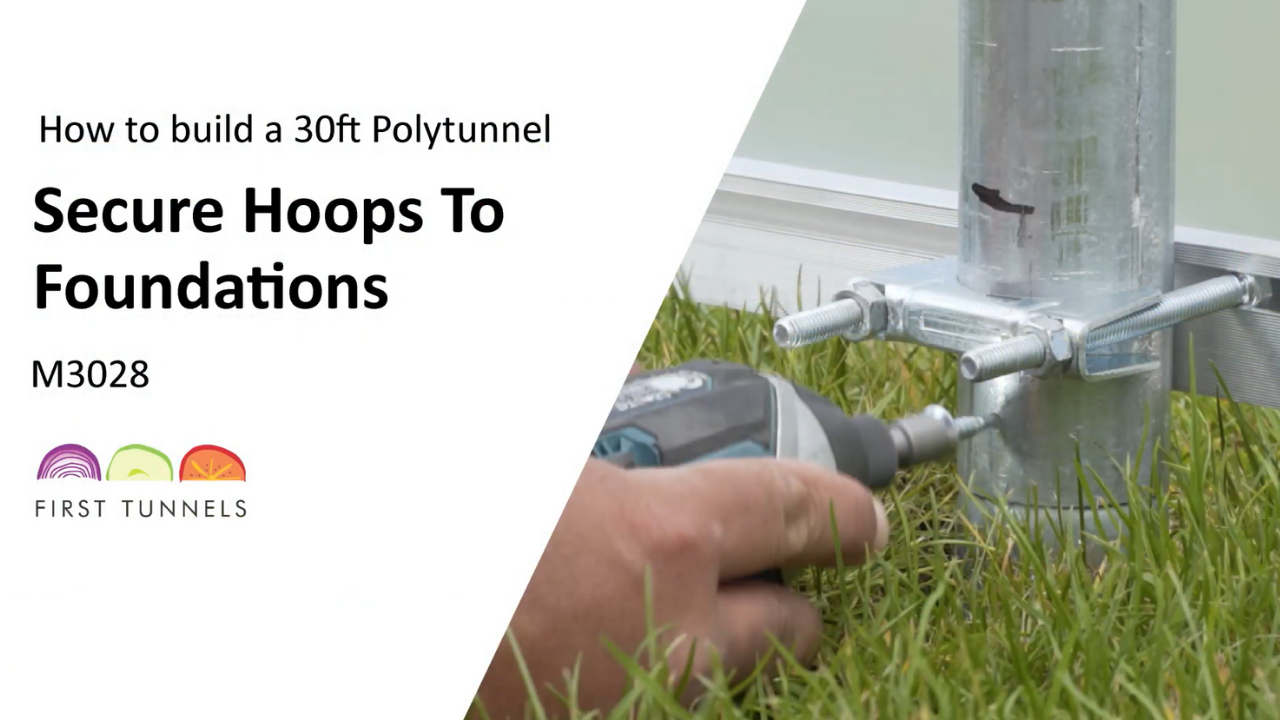FAQ’S
What orientation is best?
If you are lucky and have a choice, and you are prone to heavy winds, then we would advise positioning the polytunnel where it will have the most protection, ie next to a wall, hedge, tree-line, etc. If this isn’t possible it is advisable to position the length of the polytunnel into the prevailing wind. From a growing perspective it is generally accepted that a North to South orientation will generate slightly lower temperatures than East to West where the sun tracks across the long side of the polytunnel.
Is it worth using windbreaks to protect the Polytunnel?
Polytunnels are very robust structures and due to this have been widely adopted by many growers. However a Polytunnel is not a bomb shelter and severe gusts are still the most likely cause of damage. As polythene ages, the more delicate it becomes and any extra protection you can give it by way of a windbreak will pay dividends – and peace of mind.
I’m fitting my Polytunnel with one end facing the prevailing wind. Should I fit extra catche?
If you are positioning your polytunnel on an exposed site, then you may want to consider fitting extra door furniture to ensure that the doors remain firmly closed. Extra tower bolts and drop bolts would certainly help prevent the doors being damaged.
Can Polytunnels be built on a Slope?
Our polytunnels can accommodate a slope providing it isn’t too excessive. If the slope is along its width then the foundation tubes on the lower side can be left protruding out of the ground by a maximum of 15cm. If the slope is more than this then you would need to have extended foundation tubes to ensure that there is enough tube fixed into the ground, please contact the office. For slopes along the length, then the polytunnel can be constructed as normal ensuring that the hoops are kept vertical. It may be necessary to clear some earth from the bottom end of the polytunnel to allow the door to open inwards.
Can I shrink the size of polytunnel once delivered?
I’m afraid it is not possible to alter the width of you chosen polytunnel but it is possible to shorten the length by setting the hoops closer together. The central ridge will require to be shortened and you may find it necessary to shorten stabilisers, etc.
Do doors open inwards or outwards?
The doors are designed to open inward or outwards. However, if fitting the door opening outwards is the only alternative, this can be performed after the main cover has been fitted. Detailed instructions for switching can be found in the construction guide.
I’m struggling using the ‘Self drill screws’ for joining the metal tubes. Is their a ‘knack’ to it?
The screws are designed to drill their own hole. The method we find best is to start slowly and once the drill tip of the screw has begun to bite into the tube, press home firmly and increase speed. You may find drilling a small pilot hole first may prove helpful if you still continue to struggle.
I don’t want net panels in my door. Can I fit polythene instead?
You will find that your polytunnel becomes very hot in the summer and so we provide net panels for the top of the doors to aid ventilation. If you wish to substitute the net with polythene, you will probably find surplus polythene that can be used to screen off the net, once the main cover has been fitted. We also sell door ventilation blinds.
If you have a polytunnel with sliding doors, then these can only be covered in polythene.
When I’ve opened my packs of timber I’ve noticed a type of fungus on the surface.
This is quite natural. The treatment process undergone by the timber causes many wood nutrients to rise to the surface whereupon fungus sometimes appears. It is entirely superficial and a wipe with a damp cloth or exposure to the natural elements will eradicate the fungus.
I have opened a pack of timber and I’ve found some timber battens have snapped in two. Do I still have enough?
Although we take every effort to ensure that the timber supplied is free from any serious knots or other defects, timber is a natural product and not all such blemishes are identified. Due to the size, timber fixing battens are more liable to such defects and as a consequence you may find a number, that have snapped in two. Many offending defects can be cut out, and then simply use the ‘smaller than norm’ battens’ as you would with a 1.8m length, in fact, it is positively easier to work with shorter battens when fixing the cover.
When I try slotting a tube together (plain to swage), I find it very tight and difficult.
The tube has an internal weld and, although very rare it can be ‘rough and raised’ and makes slotting the tube together trickier than normal. Filing the weld should solve the problem.
I have base rails, but was wondering if I could still bury the polythene that is surplus?
Burying surplus polythene would ensure that any gaps under the base rail will be sealed and will also reduce pest intrusion.
Why am I still getting condensation in my Polytunnel?
Water will always condense on the film surface if there is moisture in the polytunnel atmosphere and the outside temperature is cold enough. Condensation will be increased if the relative humidity is high, which can be influenced by the plants which transfer water vapour from the soil to the air through their leaves. Ventilation or heating may be necessary to remove moisture from the polytunnel.
I have fitted my cover and dropped the base rails and yet the polythene has very pronounced folds. Should I b worrying about these?
The smallest width of polythene is 24ft, thus folds are a necessary and unavoidable requirement in order to facilitate transportation. A cover failing on a fold before its lifetime is reached, tends to suggest movement of the polythene (not tight). Your cover once fitted should be drum tight! A claim for a replacement cover, due to premature failure will result in a request from the polythene manufacturer, for photographic evidence of the cover tension. We suggest taking a number of photographs demonstrating the tautness of the film shortly after construction.
What do I have to do during periods of snow
We recommend that any snow be cleared from your tunnel as any access weight can tear the polythene. On small tunnels a soft broom can be used to wipe off the snow. With large tunnels, a rope over the tunnel can be used, with a person at each end of the rope, walk along the length of the tunnel using the rope to dislodge the snow. You could also increase the temperature within the tunnel, this will allow the snow to slide off.
I’m planning to perform the construction at a weekend, but might need some technical support.
We strongly urge you to read through the instructions prior to beginning construction. Mentally building your polytunnel and identifying each component prior to actual construction will usually identifying any shortcomings in the instructions and/or damages/shortages. It also helps the process of assembly and gives you the opportunity to contact us with any query you have at a time we are open. If you are experiencing problems with your polytunnel construction or just need a little bit of technical support, you can contact us or use the telephone 01282 601253 9am – 5pm Monday to Friday and 07801 601253 at the weekend (please note that this service is not available over the Christmas period and Bank Holidays). This allows you to talk directly with one of our constructors, ask there expert opinion, get the answer and complete your construction.

